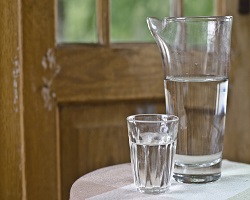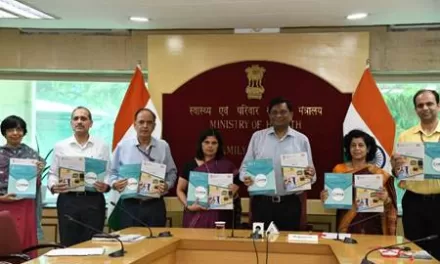Nano- and Microplastics Show Reduction of Nearly 90% Through Simple Boiling and Filtering Process
As concerns over plastic pollution continue to escalate, researchers have discovered a surprisingly effective solution for combating nano- and microplastics (NMPs) in drinking water: boiling and filtering calcium-containing tap water. A study published in ACS’ Environmental Science & Technology Letters reveals that this simple household method could potentially remove up to 90% of NMPs from water supplies.
The prevalence of nano- and microplastics in water sources, ranging from rivers to groundwater, has raised significant health and environmental concerns. These minute plastic particles, which can measure as small as one thousandth of a millimeter, pose risks to ecosystems and potentially human health, with studies suggesting adverse effects on the gut microbiome.
To address this growing issue, researchers led by Zhanjun Li and Eddy Zeng investigated whether boiling calcium-containing tap water could effectively eliminate NMPs. Their experiments, conducted using samples from Guangzhou, China, revealed promising results.
In the study, tap water samples were spiked with varying amounts of NMPs and then boiled for five minutes before cooling. The team observed that as the water temperature increased, calcium carbonate (CaCO3), naturally present in hard water, formed incrustants or crystalline structures. These incrustants encapsulated the plastic particles, effectively removing them from the water.
According to Zeng, the lead researcher, the buildup of these incrustants over time mimicked typical limescale formation, which could then be easily removed by scrubbing. Additionally, any remaining incrustants suspended in the water could be filtered out using a simple household filter, such as a coffee filter.
Results indicated that boiling hard water, rich in minerals, removed up to 90% of free-floating NMPs, while even in softer water samples, approximately 25% of NMPs were eliminated. This method offers a cost-effective and accessible approach to reducing NMP contamination in drinking water.
The study highlights the potential of this simple household technique to mitigate plastic pollution, providing hope for communities grappling with plastic contamination in their water supplies.
As efforts to combat plastic pollution intensify, innovative solutions like these offer promise in safeguarding both environmental and human health from the pervasive threat of plastic waste.











